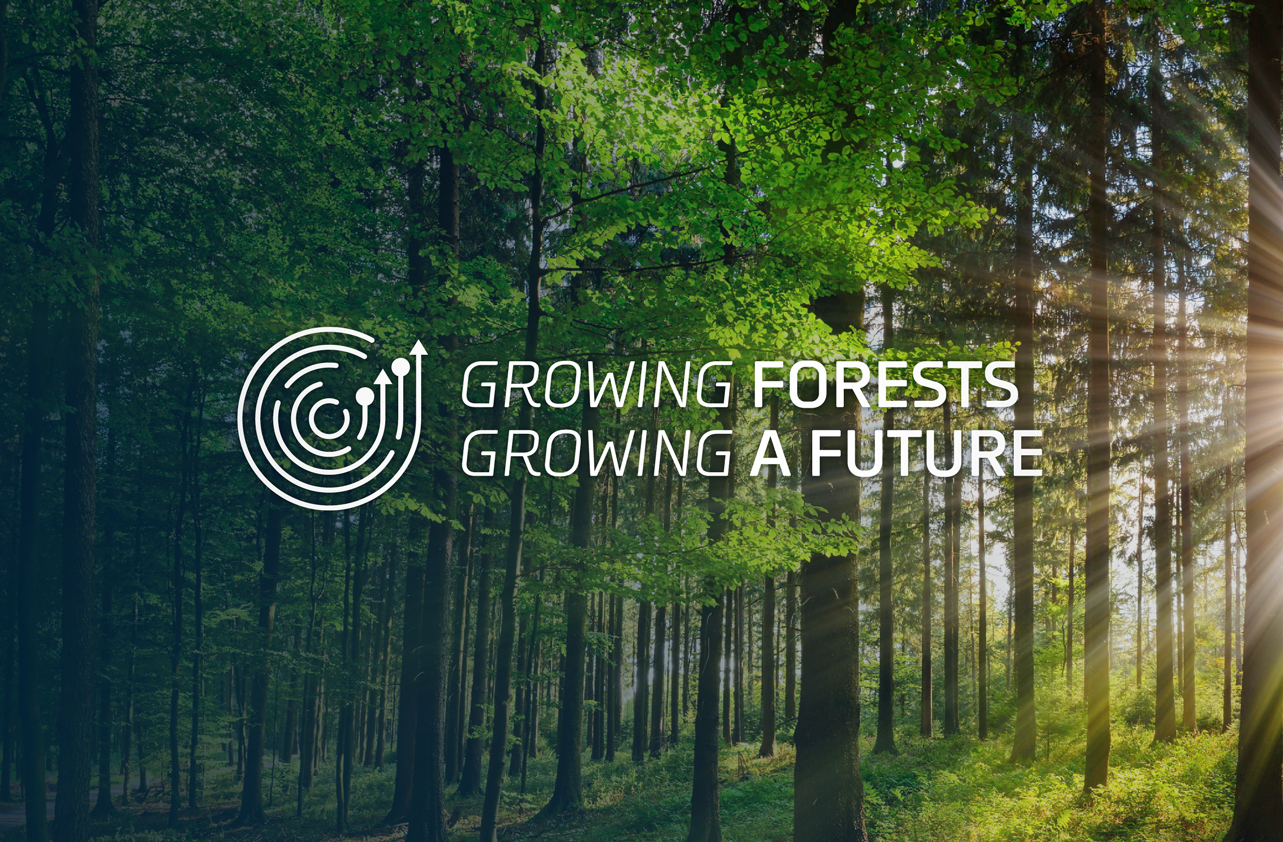The European Commission has just released new guidelines for reforesting tree planting events within the EU to help achieve the aim of strengthening the protection, restoration and resilience of EU forests in adapting to a changing climate.
The guidelines on Biodiversity-Friendly Afforestation, Reforestation and Tree Planting from European Commission (EC) provide a set of practical recommendations to support authorities, forest- and landowners, and managers and civil society to better implement biodiversity-friendly afforestation, reforestation and tree-planting projects including at the local level.
We are pleased to note that Mercer Holz’s aims, strategy and plans for the GFGF programme align with the EC’s vision and guidelines. Among the notables are the following:
Careful selection of tree species
Over the past twenty years, the climate in Germany has changed. Unexpected weather events both in frequency and voracity have weakened the resilience of German forests and this is likely not going to change. In fact, research tells the EC that Europe faces the risk of desertification: “31-42% of Europe’s land area could belong to a different ‘potential natural vegetation’ zone, depending on the emissions scenario.”
This follows that in terms of selecting trees for reforestation, we need to be ready to pivot. The European Commission is very clear that the key to success is the choice of tree species. While it is counterproductive to introduce invasive species into our forests, a ‘natural forest’ organically contains a mix of trees—Mother Earth’s way of strengthening the flora and fauna biodiversity of the region. Currently, our forests are mostly spruce and we are suffering from this monoculture.
The Growing forests, Growing a Future programme is in complete alignment with the EC’s advice that monoculture tree-planting should be avoided. According to the EC, “stands with a diversified species and height structure will reduce the risks and simultaneously increase biodiversity, while also providing cultural and recreational value.” As these mixed trees learn to function and thrive as a united ecosystem, pathogen resistance increases and improve resilience.
It is good to know that the mixed tree seedlings strategy of our GFGF programme aligns! Over the next few years, we will provide forest owners in Germany with mixed variety of trees.
Collaborative effort will win the fight
The EC has stated that the way to effectively reforest the areas of European forests lost to disease is via collaboration. The “importance of mutual information, understanding, cooperation, and sharing good practices between all affected parties” cannot be highlighted enough.
The GFGF programme aims to work with forest owners, foresters, the media, education providers, policy-makers, the public and eNGOs. We want to make a difference—this is not just a token gesture. In true transparency, Mercer Holz is not blind to its activities nor its responsibilities to maintain the health of German forests.
Forecasting is not the same as foretelling
We are very aware that nobody has yet to have invented a time machine—now, nor in the future. Nobody has ‘come back from the future’ to warn us against one way or another. We can only make educated, data-driven decisions based on what we see. And proactively and pre-emptively take measures.
The European Commission agrees: “The details, timeframes and geographical extensions of the changes that will take place are unknown. It is almost impossible to anticipate the composition, structure and, above all, the productivity of future forest ecosystems that will replace the present ones. Forest managers can only partially rely on forecasts and solutions validated by experience.”
This echoes our own research and sentiments. Our response to the urgent crises our German forests face is not to ‘sit and wait’, but to be proactive in doing what we can, with solutions backed by science and the experience of the forest owner.
“We need everybody’s help to heal Europe’s lungs. Today’s guidelines will help reach two key objectives – on the one hand, that we protect our primary and old-growth forests, of which so few remain in Europe, and on the other, that we increase the number and quality of forests by following the principle of ‘the right tree on the right place’. Planting trees can strengthen a sense of community and will allow generations of Europeans to enjoy green legacies for years to come.”
Commissioner for the Environment, Oceans and Fisheries, Virginijus Sinkevičius

